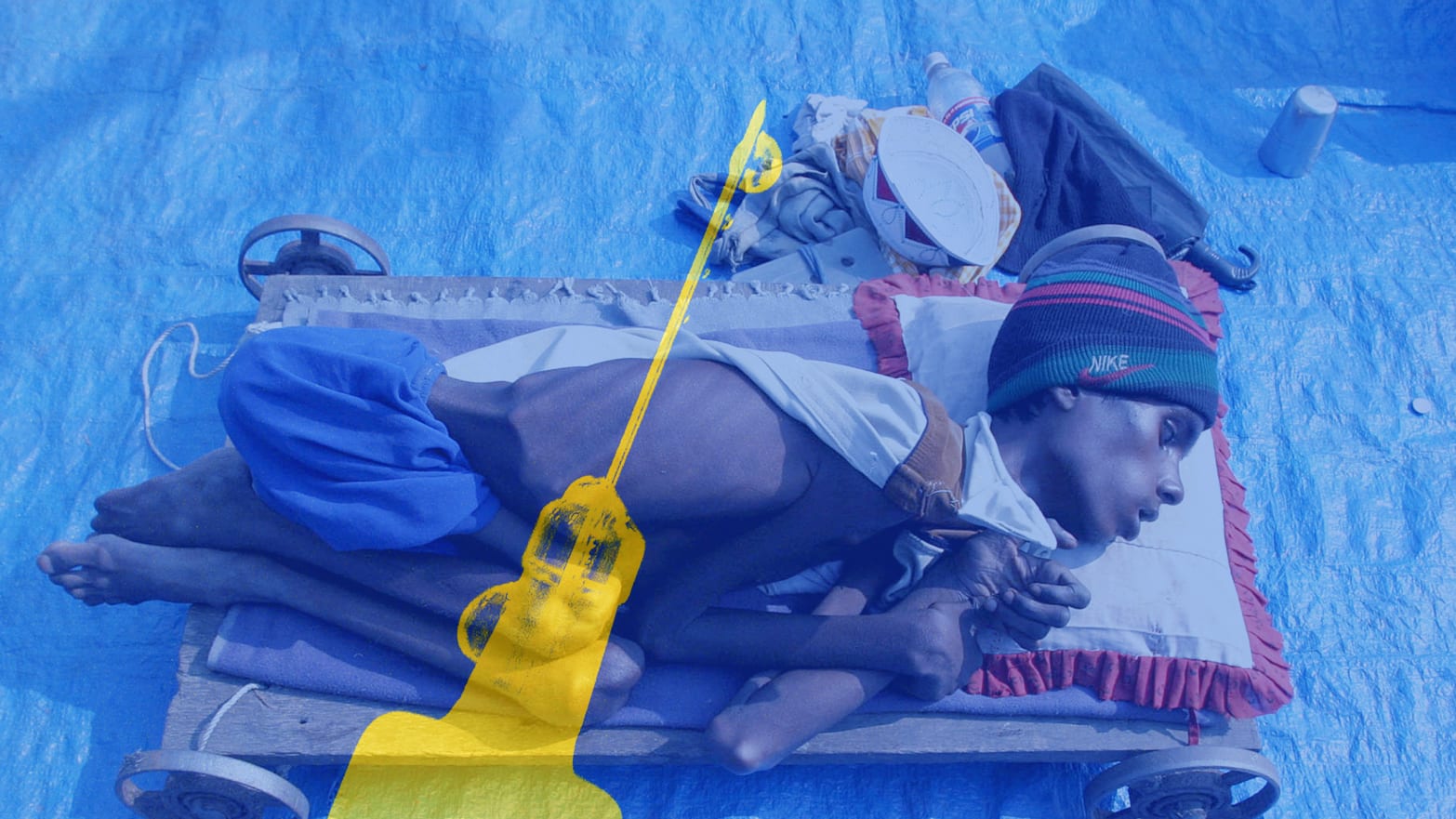For any issue with the slightest personal or political controversy, social scientists can’t say much about how to change minds other than this: facts alone don’t work. It’s an old and well-supported finding, yet the go-to solutions for our most pressing social problems are simply “raise awareness and improve scientific literacy.”
Public health advocates have been frustrated and vexed by the stubbornness of misinformation. Diseases like measles, which scientists declared eliminated more than a decade ago, have resurfaced in recent years because parents have stopped vaccinating their children, largely because of a widely discredited and since-retracted paper purporting to link vaccines and autism. According to the Centers for Disease Control, there were 668 cases of measles in 2014, a more than ten-fold increase from the average rate in the 00’s.
Research released last week in the Proceedings of the National Academy of Sciences, however, provides a rare cause for optimism. Plain facts might not work, but that doesn’t mean nothing will. By making the consequences of not complying painfully and graphically clear, researchers are able to increase support for vaccines.
The study was lead by two graduate students, Derek Powell from UCLA and Zachary Horne from the University of Illinois at Urbana-Champaign. (A few publications have falsely reporting Zachary Horne as the sole lead; his name is merely listed first on the paper). Powell spoke to The Daily Beast via telephone about their research.
“People who are anti-vaccination or hesitant about vaccination, what they’re really concerned about is the safety of their kids,” Powell said. “We thought about it in terms of expected utility—this basic idea from economics. Do the positive benefits of the vaccine outweigh the potential problems?” This suggests that parents refusing to vaccinate are either overestimating the harms of vaccination, or not properly appreciating the well-supported benefits.
The typical (and largely unsuccessful) strategy has been to challenge bad research. Powell and Horne tried this by giving their subjects information discrediting the link between autism and vaccines. “If you go to the CDC website,” Powell said, “that’s a lot of what you’ll see. But what we found was that giving people that kind of information doesn’t improve their general attitudes towards vaccines. It doesn’t have much of an impact.”
The other method they tried wasn’t to challenge misinformation, but to make the consequences of leaving children unvaccinated as concrete as possible. These participants saw information about the dangers of mumps, measles, and rubella, read stories from parents of sick children, and saw graphic depictions of children afflicted with these diseases. This information, unlike dry facts about retracted studies, actually worked to change attitudes about vaccines.
“When we presented people with that information, we saw an improvement in their attitudes towards vaccines,” Powell said. “They were more likely to agree with statements like ‘I plan to vaccinate my children’ after they read information about how dangerous these diseases are.”
These results are particularly surprising, since about a year ago, a similar and much more pessimistic paper was published in the journal Pediatrics, showing that nothing the researchers tried made any impact on the intention to vaccinate. Brendan Nyhan, a researcher at Dartmouth behind that study, discussed the two studies with me via email. He noted a few differences.
First, Nyhan and his team tested different messages of risk independently—some saw photos of the diseases, others saw stories, others just got information, and so on. Horne and Powell included all of them together, so the message “was presumably stronger,” Nyhan told me, which might explain why they were successful at changing attitudes.
Nyhan also pointed out that the study in Pediatrics tested only parents and used a representative sample; Powell and Horne’s participants were more demographically limited and included non-parents. Nyhan’s team also looked specifically at intention to vaccinate, rather than broader attitudes toward vaccines.
“As a result, it’s hard to know why the results are different. It could be a function of the outcome measures, experimental design, or sample,” Nyhan said. “But we’re truly happy to see more work in this area and look forward to further research. As usual, more studies are needed.”
On the other hand, these results fit well with existing work showing how information is most effective when it’s concrete and visual. When New York City forced McDonalds and other food chains to start labeling their calories, researchers collected receipts from two different McDonalds to see what the customers ate. Looking at consumption in New York City and Newark, NJ, a nearby city with no such laws, there was no change whatsoever. This isn’t too surprising, since no one really walks into McDonalds expecting to eat healthy.
When calories are framed more concretely, however—how much does 550 calories in a Big Mac amount to anyway? What does that really mean, nutritionally?—then labeling becomes effective. One study found that translating calories into the amount of exercise it would take to burn them off reduced consumption by about 15 percent. We don’t know how to make sense of 550 calories, but we do know that two and a half hours of moderate exercise is a heavy price to pay for it.
Nyhan pointed me to one of his studies showing a similar effect. Concrete, graphical information is often much more successful than simply listing facts. On issues we’re resistant to across the political spectrum—the success of the surge in Iraq for liberals, and global warming and job improvement under Obama for conservatives—Nyhan and his colleagues show that a visual representation, such as a graph, can be effective; simply listing facts does little. On global warming, a graph reduces beliefs that global temperatures aren’t rising by about 30 percentage points, even for strong Republicans. This doesn’t mean that the change was long lasting, or that they suddenly started believing that all global warming was manmade—but it’s some measure of progress.
Powell and Horne didn’t measure how long the change in attitude about vaccines lasted, and it’s worth noting that the information about the harms of not vaccinating didn’t change anyone’s beliefs about the link between vaccines and autism. There’s still reason to be hopeful, though.
“Maybe it only had an impact immediately, and maybe something more is needed to give a longer lasting change,” Powell said, “but you might be making a vaccination decision right after speaking to your doctor, so there is a context where this kind of intervention that could be helpful even if it is a fleeting thing.”
Powell also stressed that the information they used—the stories and pictures and information about the harms of preventable diseases like measles—is available online at the CDC website, but extremely difficult to find. This suggests that public health advocates should change their strategy. Spending so much effort to specifically target the link between autism and vaccines is an understandable corrective to fraudulent research, but it comes at the expense of ignoring other research that’s shown again and again how ineffective such messages are.
Until more research becomes available, we won’t know how long lasting or genuine these ideological changes are, but in the meantime, public health advocates should take note of Horne and Powell’s findings, putting the risks of not vaccinating front and center.

